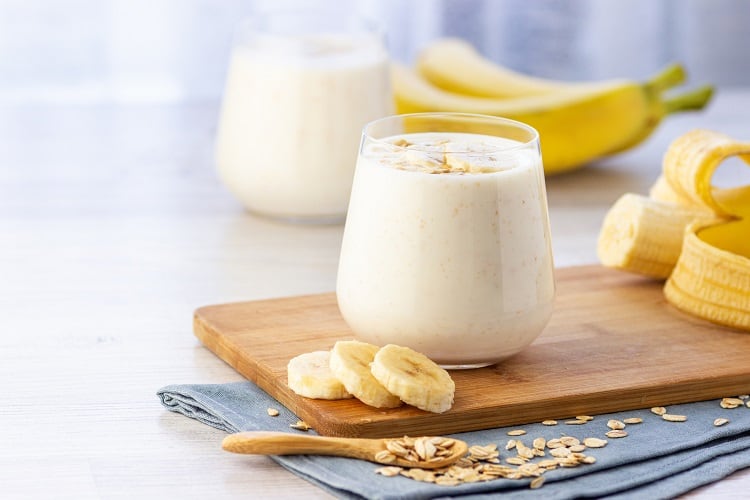Today (16 November), Danish ingredients supplier Chr. Hansen has announced the addition of a new culture to its sugar reduction portfolio for fresh dairy: Sweety Y-3.
The culture has been developed via fermentation technology that converts lactose into glucose, thus increasing the perception of sweetness. The company says Sweety Y-3 can help reduce added sugar by up to 1g for every 100g of yogurt.
“Sweety range is a culture of Streptococcus thermophilus and Lactobacillus that are selected to use galactose from lactose and excrete glucose in the milk during fermentation,” Katarzyna McCall, senior commercial development manager in Chr. Hansen’s fresh dairy practice, told FoodNavigator.
“The sweetness of the final product is increased as a result, reducing the need for added sugar.”
Sweety cultures are derived from a classical improvement technique, dominant selection, that results in strains with carbohydrate metabolism optimized for galactose utilization, McCall elaborated.
According to Chr. Hansen, the patent-protected technology responds to growing demand for low-sugar lifestyles.
“Given that a growing contingent of consumers are cutting sugar from their diets – but also prefer to steer clear of artificial sweeteners – we wanted to explore how the industry could satisfy the near-universal craving for a bit of sweetness while meeting emerging consumer preferences for all-natural options,” said the senior commercial development manager.
As a result, the company believes Sweety Y-3’s launch is ‘timely’. “With one in three consumers reporting that they look for foods with limited or no added sugar, Sweety Y-3 enables producers to naturally reduce the added sugar content in yogurt without compromising its appeal, so that consumers can lower their intake without having to lower their standards.”
Chr. Hansen expects its first customers to be yogurt producers with a special focus on the children’s category, as well as makers of products with ‘short ingredients lists’.
“We expect it will mainly be [used] to lower total sugar content to get to below a certain threshold, and, for example, to boost the appeal by improving a Nutri-Score or other front-of-pack labelling.”




